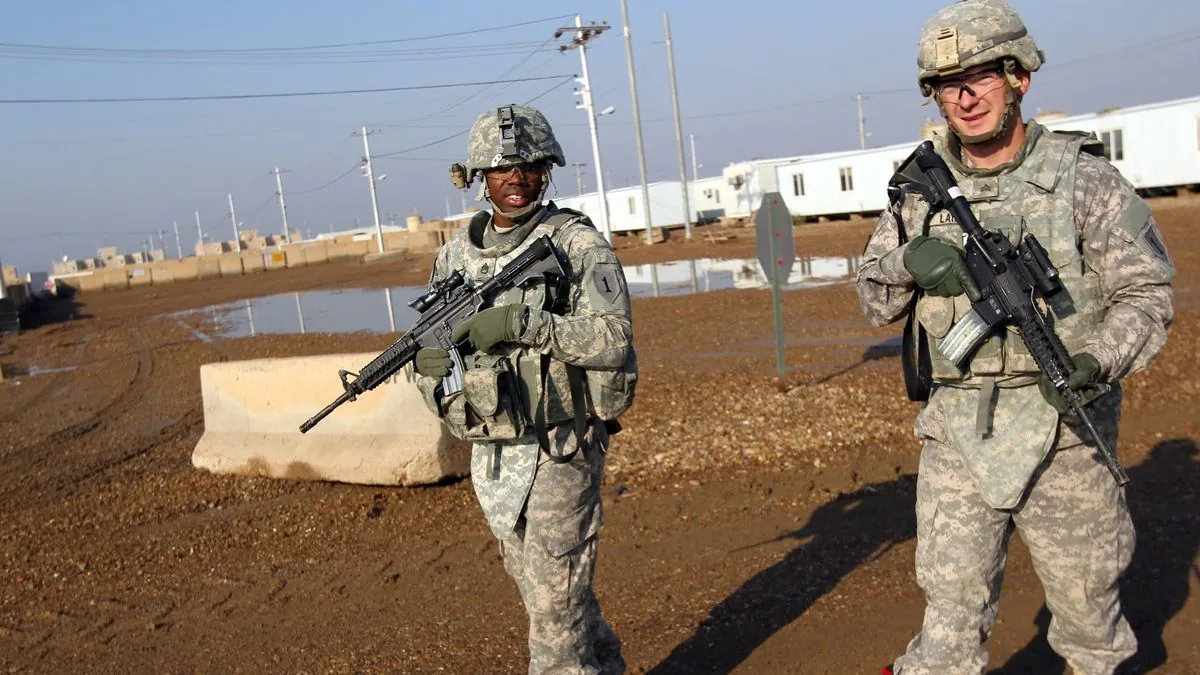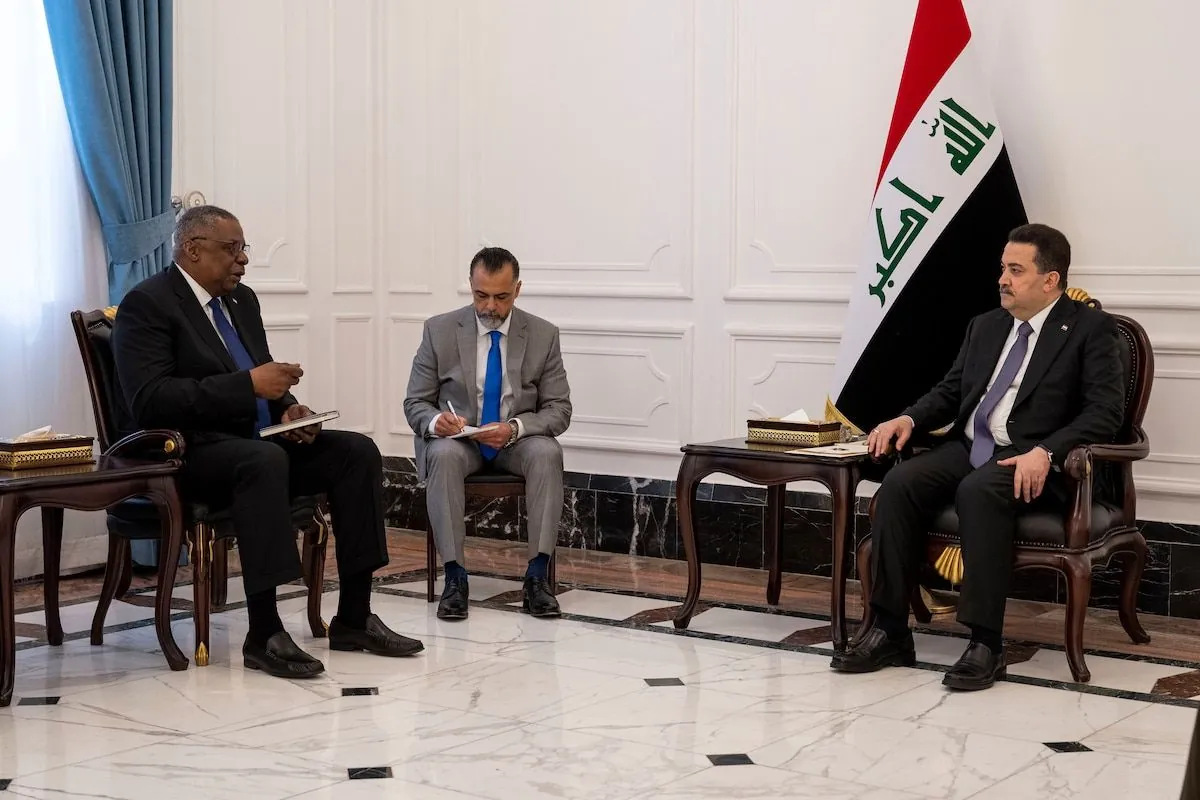U.S. Announces Phased Shift in Iraq Military Presence, Disputing Withdrawal Claims
U.S. officials reveal a two-stage plan for military presence in Iraq, contradicting earlier withdrawal assertions. The plan aims to maintain counter-ISIS operations while evolving the security partnership with Iraq.

U.S. officials have announced a phased adjustment to their military presence in Iraq, contradicting earlier claims of a near-total withdrawal. This development comes as part of ongoing efforts to maintain operations against Islamic State remnants while adapting to the evolving security landscape in the region.
The current U.S. force in Iraq stands at 2,500 personnel. While Iraqi officials have suggested a significant reduction over the next two years, American representatives have been cautious about confirming specific troop numbers or end-state plans. Instead, they emphasize the goal of establishing a "sustainable security partnership" with Iraq.
A senior Biden administration official, speaking anonymously, stated, "This is an evolution of the military mission in Iraq. We're moving towards the type of productive, long-term security relationship the United States has with partners around the world." The official acknowledged potential changes in troop numbers but refrained from providing details, citing ongoing discussions between the two nations.

The announced plan outlines two key phases:
- The current U.S. military mission in Iraq will conclude by September 2025.
- Support for approximately 900 U.S. forces in Syria will continue from the Iraqi side of the border until at least September 2026.
This phased approach reflects the complex security situation in the region. Since the territorial defeat of the Islamic State's self-proclaimed caliphate in March 2019, an estimated 10,000 ISIS fighters remain active in Iraq and Syria. The U.S.-led coalition has conducted over 34,000 airstrikes against ISIS targets since 2014, underscoring the persistent threat posed by the group.
The negotiations between Washington and Baghdad have been particularly sensitive, given the unpopularity of the U.S. presence among some segments of the Iraqi population. Prime Minister Mohammed Shia al-Sudani's government has been eager to demonstrate progress in reducing foreign military presence while balancing security needs.
Recent events have highlighted the ongoing volatility in the region. U.S. positions in Iraq, Syria, and Jordan have faced numerous attacks by Iranian-backed militias, with a drone strike in January 2024 resulting in the deaths of three American troops in Jordan. The U.S. has responded with periodic airstrikes, most recently near Baghdad in July 2024, which sparked public backlash in Iraq.
"We retain our right to self-defense and have demonstrated that we will not hesitate to take all appropriate action to protect our personnel."
The U.S. military continues to conduct operations against ISIS, with a joint raid in August 2024 resulting in the deaths of at least 14 militants. This operation underscored the group's persistent threat, as the fighters were found to be heavily armed and prepared for combat.
The ongoing presence of U.S. forces in Syria, where approximately 900 troops are deployed, remains a critical component of the counter-ISIS strategy. Kurdish forces in Syria, key allies in the fight against ISIS, maintain detention centers housing thousands of captured militants. The al-Hol camp alone holds over 60,000 people, many of whom are families of ISIS fighters, presenting a significant humanitarian and security challenge.
As the U.S. and Iraq continue to navigate this complex security landscape, both nations aim to strike a balance between addressing immediate threats and fostering long-term stability in the region. The phased approach to military presence reflects the ongoing evolution of this partnership in the face of persistent challenges from extremist groups and regional tensions.


































